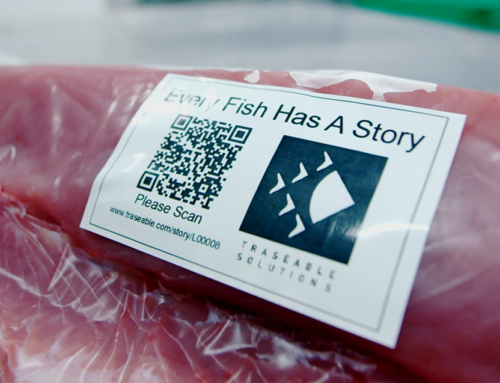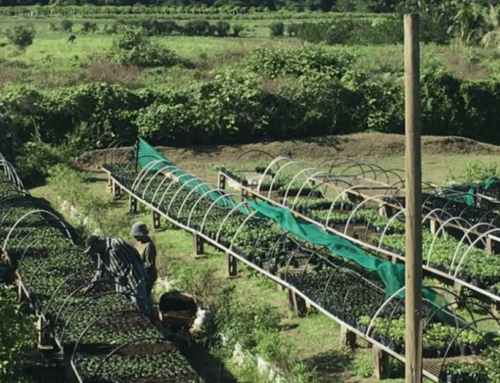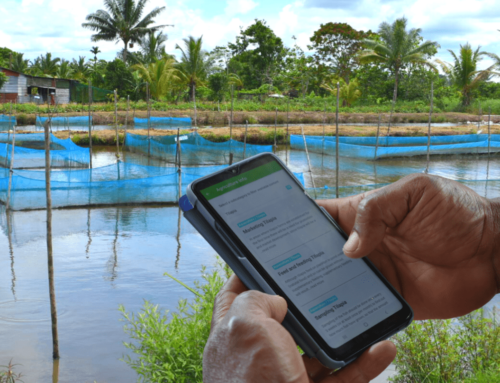Social Marketing – a history
Along Canada’s eastern coast, the Grand Banks were once considered so full of fish that early English explorers had difficulty rowing their boats to shore due to their paddles constantly hitting fish. This seemingly endless supply of fish resulted in one of the greatest fisheries of its time with hundreds of thousands of tons, of cod fish being caught annually from as early as the 1600’s. However, the constant pressure on the fishery, driven by an ever-increasing demand, a new intensive, industrial fleet, and the lack of concise regulations resulted in one of the greatest fishing industry collapses in modern history. By the early 1990’s, almost overnight, cod catch numbers dropped so low that it was not commercially viable for fleets to go out fishing. By the summer of 1992 over 35,000 fishermen and processing plant workers from over 400 coastal communities along the Grand Banks lost their jobs and the cod fishery was closed indefinitely.
The collapse of this fishery and other key fisheries in other regions around the same period, ensuing in a realization that the marine ecosystems of the world were being over exploited and resulted in what was known as the Sustainable Seafood Movement. This initiative, led to the development of various management strategies across all levels of governance including international, regional and national regulations. Industries also began taking a proactive approach and began allowing consumers to make informed choices through social marketing strategies which in turn catalyzed the formation of eco-labels such as the MSC in 1996.

Image: Marine Stewardship Council
Seafood Traceability – the development of transparency
Now, almost three decades since the beginning of the Sustainable Seafood Movement, the world’s fishing industry is still plagued by unsustainable practices, in particular; illegal, unreported and unregulated (IUU) fisheries. IUU, which fuels fraud, overfishing, environmental degradation and even abuses human rights, is estimated to make upwards of $36 billion in illegal seafood entering the markets, roughly one quarter the worth of global commercial seafood. This issue is further complicated due to the complexity of seafood supply chains which contribute to the maleficent activities including fraud and mislabeling of seafood products within the markets, ultimately lowering the value real products and industries.
To overcome this, industries in 2008 together with the Committee on Fisheries, turned again to a social marketing strategy “transparency and traceability along the supply chain”, which again allows consumers to make informed choices about the products they buy. Since then, various versions of product traceability have been implemented across various supply chains. However, due to the lack of a standardized guide or authority, stakeholders along supply chains tend to define their own needs and requirements based on level of transparency and traceability. This has resulted in its own set of problems, particularly for seafood suppliers and producers who due to varying traceability needs and requirements were in many cases restricted certain market access and required an immense amount of effort to meet the requirements.
Standardizing Traceability – a global dialogue
Seeing the need to develop a standard practice for traceability as well as to develop method to help alleviate the hardships brought about to produce traceable product, the World Wildlife Fund (WWF) together with the Institute of Food Technologists (Global Food Traceability Centre) facilitated the formation of the Global Dialogue on Seafood Traceability (GDST) in 2017. The GDSTs key output is to –enable access to verifiable information to ensure the legal origin and responsible sourcing of seafood products–and to develop this global framework for seafood traceability has identified four key working areas, namely, Key Data Elements, Data Verification, Data Sharing, and Regulatory Alignment.
Under the Key Data Elements (KDE) working area, the GDST aims to standardize the KDEs across supply chains that are essential for effective traceability. Currently existing KDEs used in traceability systems or platforms are stakeholder dependent and are therefore not consistent and easily verifiable. Through global dialogue, the GDST will facilitate stakeholders in the industry to come together to agree on universal set of KDEs, which will facilitate efficiency, allow for harmonized regulations, and will allow interoperability of traceability services across the multitude of stakeholders.
To remain operational or to access certain markets, actors along the supply chain need to comply to an array of policies, regulations and certifications from a multitude of external entities. To meet these requirements stakeholders along the seafood supply chain often rely on verification systems maintained by third party auditors or certifiers that need to prove that data obtained and presented by the industry is credible. Under the Data Verification working area, the GDST is working to harmonize the verification standards needed for national, international and commercial regulators and certifiers which will improve data quality and promote cost-effectiveness of the industry.
Within the Data Sharing working area, the GDST aims to facilitate interoperability of traceability systems. Currently, based on stakeholder or regulator requirement an array of traceability systems and methods are being used, which often require the same or similar data sets, but very rarely overlap or communicate enough to allow for data sharing. By negotiating data access relationships, the GDST hopes to develop data collection processes that can be aligned and shared easily between traceability systems, allowing for quicker, low cost data collection.
Lastly, under the Aligning Government Regulations working area, the GDST provides a platform for stakeholders to distinguish between the effective and efficient regulatory practices from the ineffective and inefficient practices, and work to align and promote consistency and coherent international regulations and regulatory approaches. This aim is based on the fact that different regions, have varying degrees of regulations to which seafood industries must adhere too, potentially causing contradictions between industry standards and have the potential to disrupt efficiency and consistency between products.
The GDST 1.0 – a universal language
Since launching and after three years of consistent consensus based business-to-business dialogue the GDST has just this month, on the 16th of March 2020, released its Standards and Guidelines for Interoperable Seafood Traceability Systems, v1.0 (GDST 1.0). You can view the GDST 1.0 launch webinar here.
This first ever effort at standardizing seafood traceability is comprised of two key parts;
- The first identifies the “Basic Universal List of Key Data Elements” for both wild caught and cultured products, which need to be documented for GDST-compliant seafood supply chains.
- The second part is comprised of the required technical format and nomenclature to be used within GDST-compliant seafood chains that allows for GDST 1.0 to interoperable between different systems.
The GDST 1.0 has been developed to reflect the GS1 EPICS, which is an existing international traceability standard used by major retailers, brands and supply chains across a variety of food and nonfood product classes. By adapting and applying the GS1 EPICS standard, GDST has the capacity to allow companies to integrate with GS1-based systems without making commercial commitments to use proprietary GS1 traceability solution products. The GDST standards are designed to meet operational business needs while helping ensure that products entering the seafood supply chain originate with legal production practices. This enable companies to have visibility into their supply chains while allowing them to maintain data access controls to protect business-sensitive information. The standards are also adapted to facilitate regulatory compliance with import controls such as the US Seafood Import Monitoring Program and the EU-IUU Regulation.

Image: WWF / Netflix
TraSeable Solutions – your local traceability provider
We, TraSeable Solutions Pte. Ltd. have enthusiastically supported and endorsed the development of the GDST 1.0. We believe these standards will become the benchmark to a global uniformity standard of seafood transparency, traceability and interoperability.
By endorsing the GDST 1.0 standards and by adapting our traceability platform to align with the KDEs, technical format and nomenclature described by the standard, we are offering our clients to be amongst the few with a seafood product that can be passed through supply chains with data potentially being shared digitally and seamlessly. As GDST 1.0 continues to be implemented across the industry and as we continue to modernize our traceability platform, the standards will continue to facilitate trade and greatly increase returns on investment.
Complete traceability from hook to plate cannot be levied by any one company or organization alone nor by multiple companies and organizations with differing or contradicting platforms. The development of the GDST and a global traceability standard is the first step to a collaborative effort that will benefit the entire seafood industry. We encourage stakeholders with an investment in seafood to support the GDST in working to sustain the future of our industry.
Written by: Jasha Dehm





